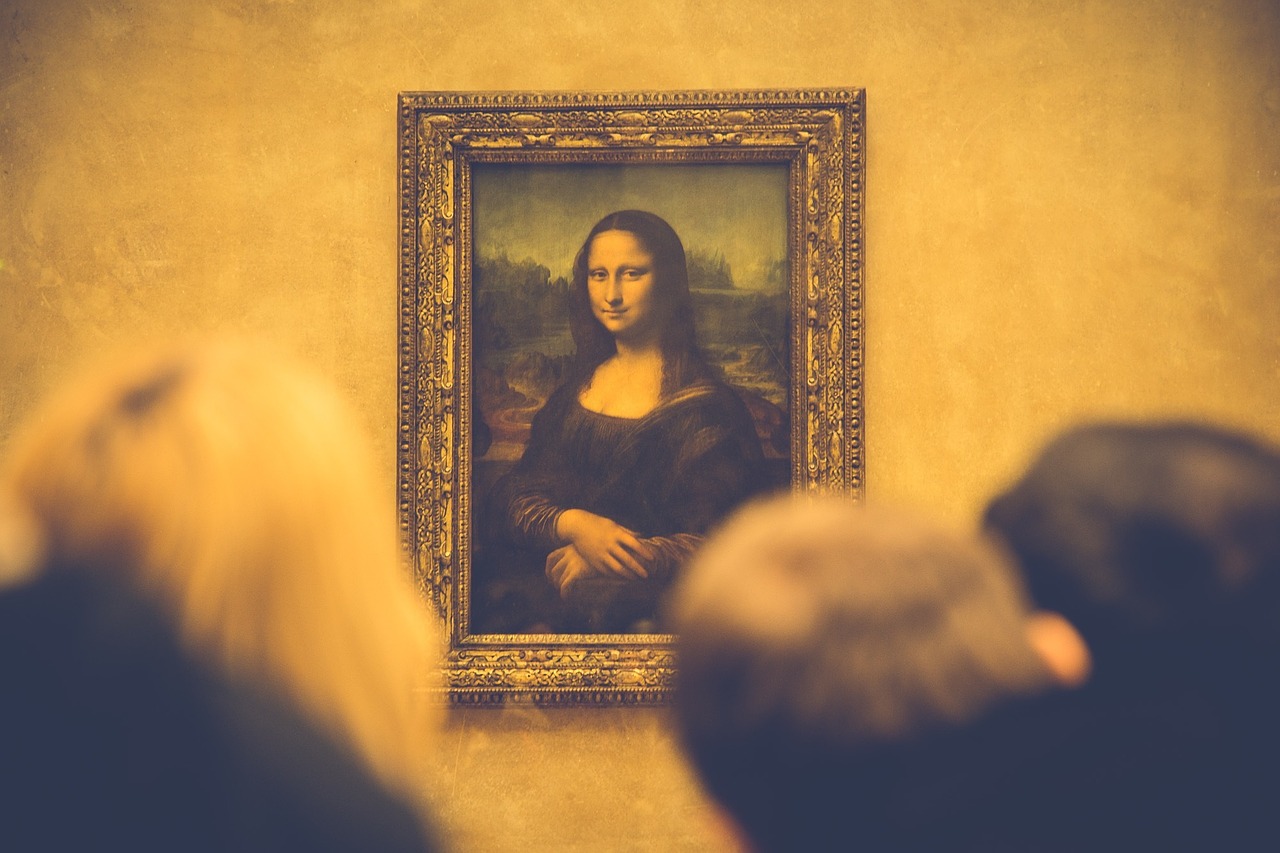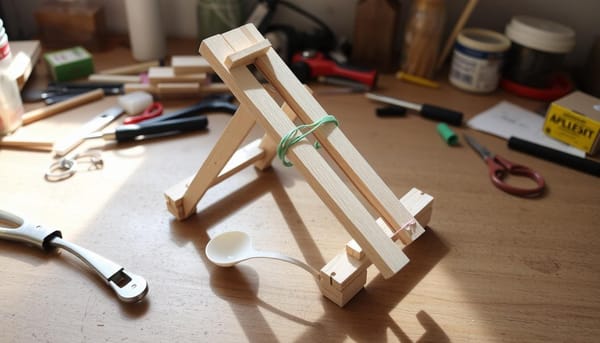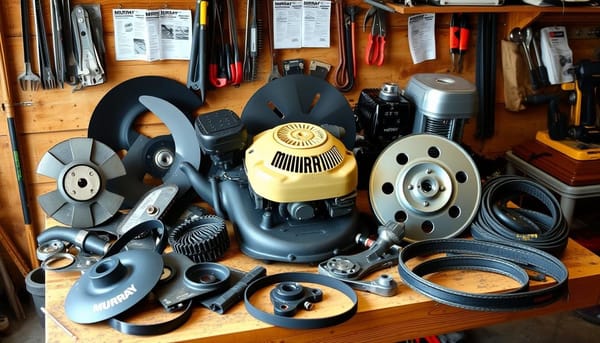DeFrame Is Rethinking How We Experience Art

There's no doubt that one of the status symbols for every society around the world is what it can create. While this is often reflected in pragmatic, utilitarian efforts, like building good dike systems to keep a city from flooding or harvesting locally available renewable energy, the most subjective indicator of a nation's success and culture can be seen in the art it creates.
Art does not just showcase the beauty of a nation's history, culture, development, and creativity, it's a multibillion-dollar industry. Even when not tied to a particular country or artist, the ability to help art lovers experience art in novel ways is integral to the success of brick and mortar art galleries and museums.
Since experiencing art is so important, various startups have worked on how to enhance or enable artistic experiences for all or some users. For instance, some startups concentrate on interactive art installations, while others may focus on art that can be felt or heard by the blind. Today's startup, DeFrame uses an application platform to help art lovers engage and interact with the exhibits they visit and in turn, provide feedback and information to galleries and museums.
DeFrame is an interactive social platform for art galleries and museum. It enables deeper engagement between Art, museums, and people.
This startup was formed in the mind of founder Victor Velazquez, who visited the Museum of Modern Art in New York City with his aunt, a visual artist. As she went on about her passionate relationship with art, Velazquez felt like he was already bored. He wanted there to be another way to bring art to people in a more practical and appreciable manner. Eventually, he thought, as he said in the podcast called, Podcast Pitch that he created DeFrame to make art more down to Earth for the typical art lover who maybe doesn't want to run down of every single detail about the artwork they're viewing.
DeFrame is an app that allows museums and art galleries to attract visitors better, collect analytical data on their patrons and allows museums and patrons to engage back and forth. Sounds pretty fancy, but how exactly does it work? After all, just about all of us goes to good ol' Google or the tourist website for the city we're in to find out what museum has what and how much it costs, what more do we need?
The app collects data on every museum and exhibits in art galleries nearby to help users locate art more easily. Users can chat with the chatbot, Frida (I sincerely hope this was an intentional allusion) to get information about the museum and each exhibit. This app isn't just good news for patrons who want to locate some of their favorites and get some information about the exhibits they visit, it's great for museums as well. The app provides quantitative and qualitative analytical data to museum organizers.
This is helpful because museums and exhibits often struggle to attract more visitors, particularly when the art or locations are obscure and not well advertised. DeFrame may allow them to leverage free or cheap technology to attract more visitors. Some of the analytics they can access include the path people take through their galleries and other traffic patterns of their visitors. They may help them improve the construction of exhibits, the placement of art or just see what their most attractive art is.
DeFrame allows end-users to connect with art museums and interact with its universal mobile app, where they are free to engage and share user-generated content. DeFrame aims to democratize the meaning of Art.
Currently, their app can be accessed and used for free, this includes the museum discovery tool, the Frida chatbot, and gallery highlights. In the future, they hope to change museums a flat fee per month. That would include the use of their museum discovery function, advanced chatbot, customized gallery, access to an admin portal and analytical data about visits. In their third proposed phase, they hope to also add to direct visitor outreach options and curated suggestions for museums.
The ultimate goal of DeFrame is to turn artistic exploration into a more conversational and fluid experience. By allowing visitors to provide feedback and allowing museums to gather analytics and track their visitors' engagements and foot traffic, startups like DeFrame may make the experience of art in museums and galleries a little less one-sided.
deframeart.com
Fyxes
Thoughts, stories and ideas.




